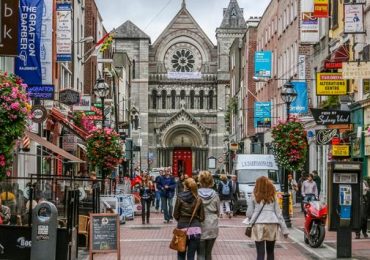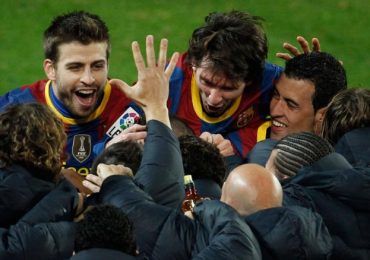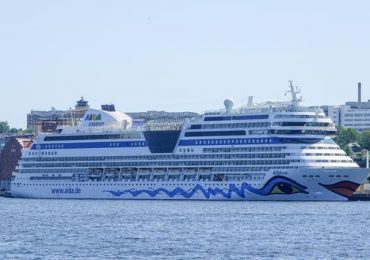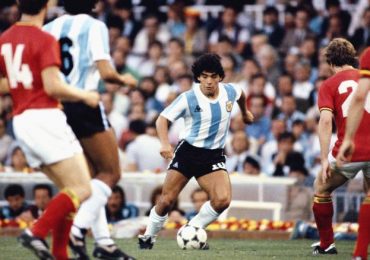A Leonardo da Vinci mural unseen since the 16th century may have been found hidden behind a fresco painted by another artist, art researchers in Florence, Italy said Monday.
Da Vinci painted “The Battle of Anghiari” on a wall of the Hall of the 500 of the Palazzo Vecchio, the seat of Florence government, in 1503, but the masterpiece was lost during a restoration project 50 years later.
The theory is that when artist Giorgio Vasari created his mural “The Battle of Marciano,” he erected a brick wall in front of da Vinci’s plaster wall, effectively preserving the older masterpiece.
“They told us we were looking on the wrong wall, that it was just a legend,” Florence Mayor Matteo Renzi said at a news conference Monday, where researchers revealed the discovery of paint apparently matching pigment from Leonardo’s “Mona Lisa.”
Da Vinci’s work was commissioned to commemorate the Republic of Florence’s victory over Milan in the battle on the plain of Anghiari in 1440. While da Vinci was believed to have not been satisfied with the result, in which he used new techniques, art historians said it was a much-studied masterpiece in its day.
Museum finds earliest ‘Mona Lisa’ copy
The research team is led by the National Geographic Society and University of California, San Diego’s Center of Interdisciplinary Science for Art, Architecture and Archaeology, in partnership with the City of Florence.
“In name of the City of Florence, I ask the Italian government and the Minister for Cultural Heritage and Activities Lorenzo Ornaghi to authorize us to verify how much of the masterpiece is there and if it’s worth it to bring it back to light,” Mayor Renzi said.
Researchers were allowed to drill six holes through the newer mural to reach the second wall. Since they chose sections that had been restored by later artists, the holes did not damage Vasari’s original work.
Are there more lost Leonardo works?
An electron microscope identified chemicals in the paint as similar to black pigment found in brown glazes on da Vinci’s “Mona Lisa” and “St. John the Baptist,” according to Professor Maurizio Seracini, who is working with National Geographic.
Scans also shows flakes of red material unlikely to be on a plaster wall and beige material that “could only have been applied by a paint brush,” the researchers said.
An air gap between the hidden plaster wall and the newer brick wall suggest that Vasari may have tried to preserve da Vinci’s mural, they said.
“These data are very encouraging,” Seracini said.
The National Geographic Channel will present “Finding the Lost da Vinci,” a documentary on the project, Sunday, March 18.
Leave a comment











